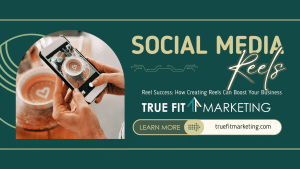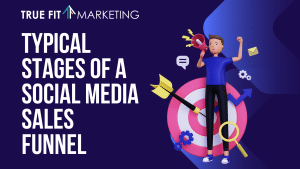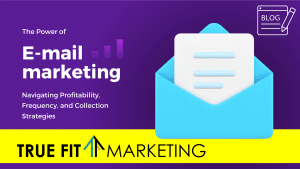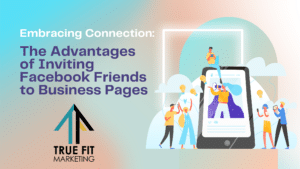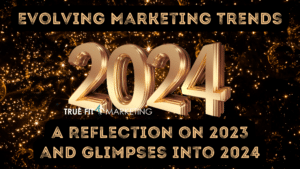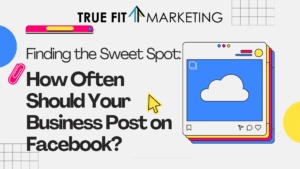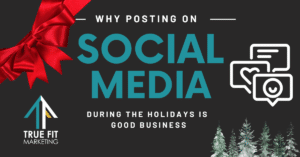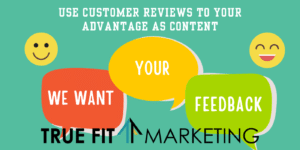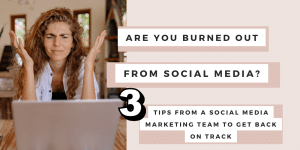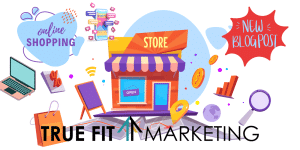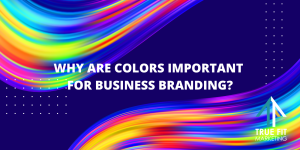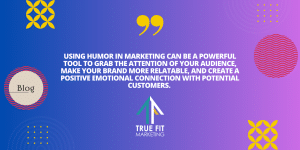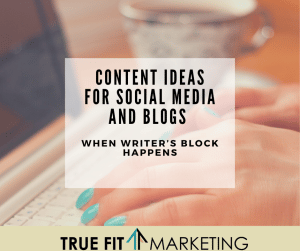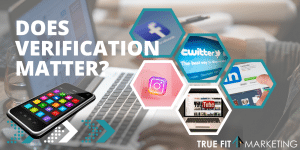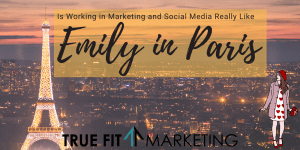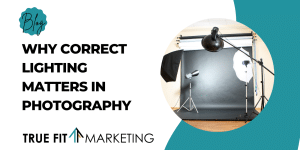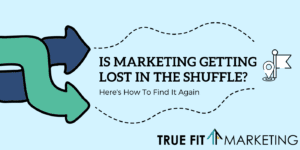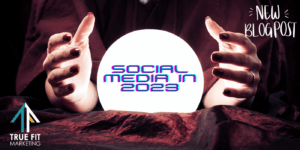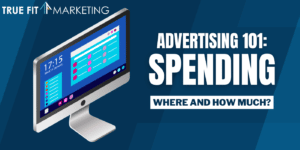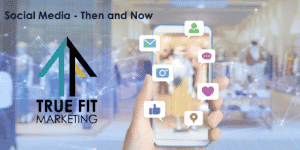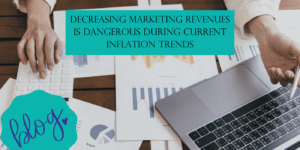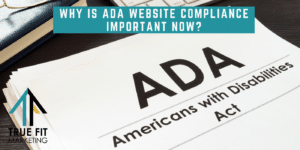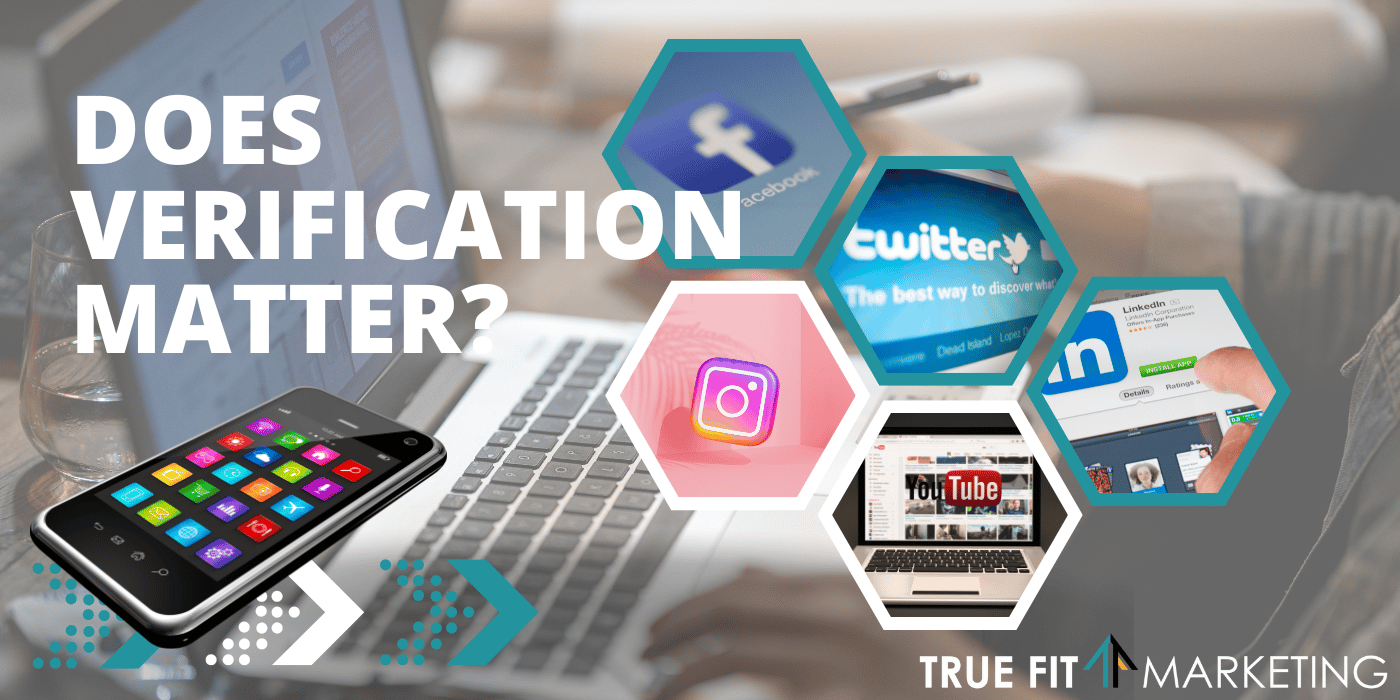
Times are changing on social media where if you pay a certain amount of money, you can obtain the famous blue checkmark to show verified account status. But does that little checkmark really mean anything to anyone anymore?
What Is Verification?
In the beginning of Twitter blue checkmark time, in 2009, the blue checkmark was used to show who was an official and authentic account, usually a celebrity, athlete, or someone of high status. It helped to determine which account was real versus fake or a parody as multiple accounts for users kept popping up, even though it wasn’t actually them.
Facebook followed suit and started their verification process in 2012 and Instagram in 2014. Same kind of process to make a clear distinction between a real page and a page run by a fan.
Most sites have a verification process and they are similar. Just prove you are who you say you are and then you will obtain that blue checkmark. But now the blue checkmark is growing to include more people than just those with a big name or reputation.
 Exploring Paid Verification
Exploring Paid Verification
When Elon Musk took over Twitter, he had to figure out new ways to monetize the business. This came in the form of a monthly subscription to have the verified blue checkmark along with verified member-only features like the ability to post longer videos, less ads on their feeds, and a bump to the top of news feeds. At first Musk’s plan came with some backlash, but it is still chugging along. The numbers don’t seem to be coming back where they predicted they would be, but it is still new. “Twitter subscribers in the US made up less than 0.2% of monthly users in January, two months after Elon Musk introduced Blue, The Information reported Monday, citing a document,” via Business Insider. While 0.2% doesn’t seem like a lot, when you put it in monetary value, it is. “Twitter’s currently bringing in an extra $2.4 million per month via the program, or $7.2 million per quarter,” according to Travis Brown.
The platform is also adding gold checkmarks for official brand accounts, and gray ticks for ‘government and multilateral’ accounts. At what point is too many different colored checkmarks too much and do they even make a difference? According to Business Insider, businesses will pay $1,000 per month to keep their gold verification checkmark.
And now, Meta just announced their plans for verification for Facebook and Instagram which include, “a subscription service that lets you verify your account with a government ID, get a blue badge, get extra impersonation protection against accounts claiming to be you, and get direct access to customer support. This new feature is about increasing authenticity and security across our services. Meta Verified starts at $11.99 / month on web or $14.99 / month on iOS. We’ll be rolling out in Australia and New Zealand this week and more countries soon.” via Mark Zuckerberg’s Facebook post.
If Verification is Bought, Is Value Lost?
When something like verification is able to be purchased, does it make having the checkmark a lesser value? Do those accounts that have the checkmark even matter to users? Does it devalue the accounts that “earned” the verification in the first place with follower numbers?
The checkmarks could be looked at as a status of being able to afford whatever that checkmark costs. And because of that checkmark, whatever those accounts have to share, whether important or not, gets pushed to the top of the feed just because they pay for it. Do you like this or would you rather see the accounts that you follow because you enjoy what they post at the top instead?
“New research from Maine Business School at the University of Maine shows that verification isn’t always a positive, as social media consumers associate verification more with celebrity than credibility and are much less likely to trust product endorsements from verified accounts if the content is inconsistent with the influencer’s brand.”
The results from a study published in February, 2022 in the Journal of Consumer Behavior showed that not only do consumers associate verification more with celebrity than authenticity or credibility, but because of that, they are less likely to trust a verified social media influencer if they are advertising a brand that is inconsistent with their usual messaging. Even when the brand seems suited to the social media influencer, consumers do not trust verified accounts more than their unverified counterparts.
However, since the social networks are all moving in this direction, we shall see how consumers feel really soon. Will the social media outlets make more money? Will consumers feel value?
The Bottom Line
Most, if not all, social media platforms have some form of a verification process. And just like how buying likes and followers is a big mistake on all platforms, buying verification might be looked at as the same thing in today’s world.
Each business is unique and may benefit from the pro’s of verification. It is always worth researching what value is received when purchasing verification. But at this time, marketers and business owners might find more bang for their buck with other strategies.
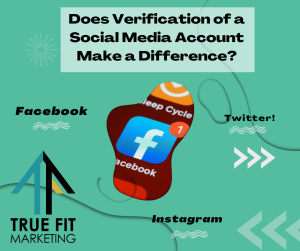 Exploring Paid Verification
Exploring Paid Verification 
